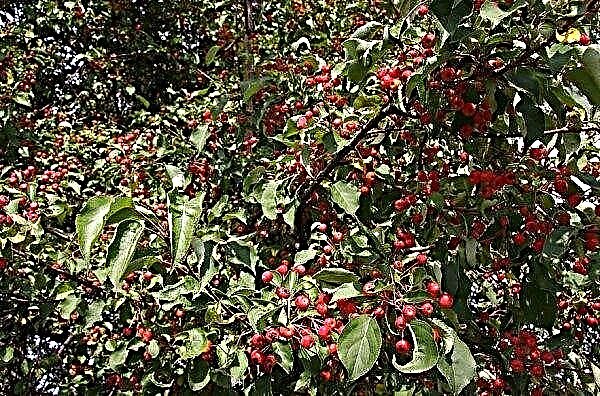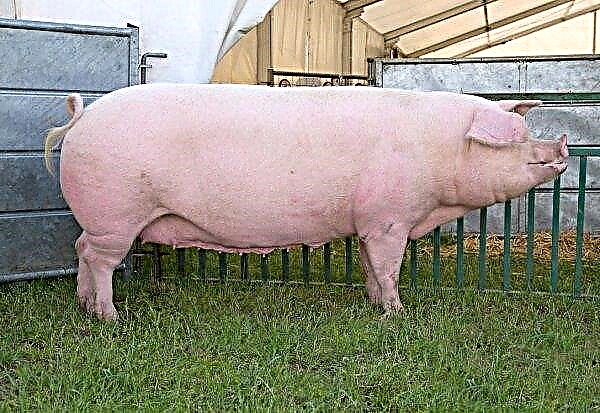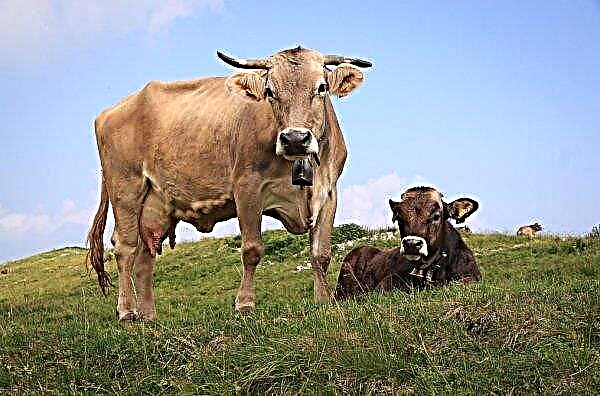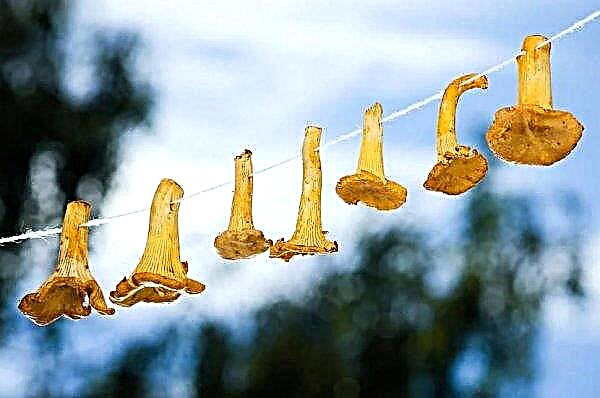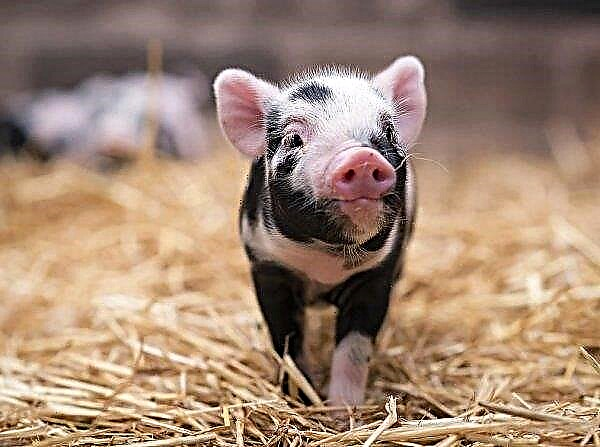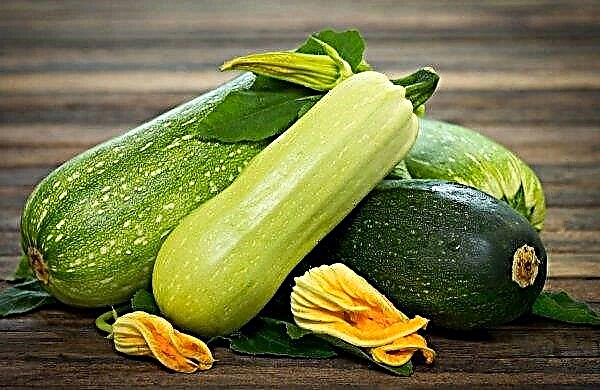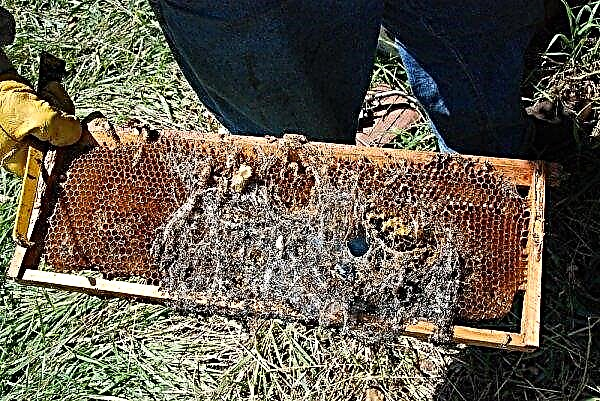To grow oyster mushrooms at home, you need to take care of the quality of the room, substrate and mycelium. If everything is done correctly and according to the instructions, then both experienced farmers and beginner mushroom pickers can engage in such a business.
Oyster mushroom growth conditions
The main conditions are as follows:
- temperature. The greenhouse effect is detrimental to these mushrooms. It is not advisable to install special equipment or insulate the room with a film, since this will lead to damage to the substrate. It will be enough to conduct thermal insulation in the cellar in order to maintain the optimum level of moisture and temperature. The thermometer should be at least + 13 ° C. Therefore, for its regulation, it is necessary to put heating devices. The optimum temperature regime for oyster mushrooms is from + 20 ° C to + 25 ° C (only at the stage of germination of the mycelium). After 2 weeks, it should be no more than + 16 ° C;
- oyster mushroom needs a lot of moisture. It should be present not only in the soil, but also in the air. You can install water sprayers or electric humidifiers in the basement. The optimum level of humidity is 70–80%;
- ventilation. Mushroom cultivation should be carried out in the fresh air. Its lack is fraught with the death of the entire crop. To create optimal conditions, install special or regularly ventilate the room. The first option is not suitable for those who grow mushrooms for personal use, and not for sale. This can be explained by expensive equipment due to which the purchase is not profitable;
- lighting. Mushrooms need a lot of light. Therefore, it is recommended to install special garden fluorescent lamps. Literally 2 pcs will be enough on 10 m².
 It is necessary to grow oyster mushrooms in the right conditions so that the fruiting bodies do not rot.
It is necessary to grow oyster mushrooms in the right conditions so that the fruiting bodies do not rot.
Mycelium selection
There are several types of mycelium: cereal and compost. To grow oyster mushrooms, it is better to use the first option, because it does not imply additional processing of planting material.
Important! If the basement walls are covered with fungus, then oyster mushrooms should not be grown in it. T. they need a high level of humidity, the disease can develop and affect the future crop.
When choosing planting material, the following features should be considered:
- Colour. Quality mycelium is characterized by a yellow-orange hue. If dark spots are visible on the surface, then the planting material is affected by mold. It is forbidden to use it, because it will negatively affect the future harvest.
- Smell. It should be fresh and have a characteristic mushroom aroma. If you smell ammonia, it means that the planting material was in the wrong conditions and deteriorated.
- Manufacturer. Buy mycelium only from well-known manufacturers, that is, they value their reputation and will not sell a low-quality product. It’s best to buy a small amount of planting material and try it out. If germination is good, then after a while you can buy large lots.

Room preparation
To protect the future crop from diseases and parasites, it is necessary to sanitize the premises in advance. The first stage of preparation is to clean all surfaces (walls, floors and ceilings) from dirt and mold. After that, all surfaces are washed with sulfate (500 g per 7 liters of water). Whiten the ceiling and walls with a solution of lime and copper sulfate (200 g of substance per 5 liters of water).
Preparation and processing of the substrate
The substrate can be prepared using the following ingredients:
- horse manure. In case of his absence, you can use bird droppings;
- straw and urea;
- fertilizers, which contain ammonium;
- gypsum;
- a piece of chalk.
 There are really several methods to get the substrate - to cook it yourself or buy it already ready in special stores. All procedures must be carried out a month before the proposed landing.
There are really several methods to get the substrate - to cook it yourself or buy it already ready in special stores. All procedures must be carried out a month before the proposed landing.
Manure and straw must be thermally treated with boiling water or an oven to destroy the parasite larvae. After that, they need to be soaked in a solution of ammonium nitrate (400 g per 10 liters of warm water). After 2 days (so much time is needed for high-quality soaking), a layer of straw is covered with manure and watered with warm water. After 3 days, the formulations are thoroughly mixed. With an interval of 3 days, the remaining components are added. The compounds are thoroughly mixed so that they are saturated with each other. When the compost reaches a temperature of + 22 ° C, it can be used for planting.
Wood preparation
For a better harvest, the kitten needs to properly prepare the wood. It is best to use hardwood trees: chestnut, ash, beech, birch, aspen, etc. The length of the trimmings should be 30–40 cm, and the diameter should be between 15–25 cm. Carefully inspect the wood for fungus. Before applying the mycelium, pour dry logs with warm water and leave for 2-3 days. This will allow you to create the necessary moisture level inside, which is required for growing mushrooms.
Did you know? In New Zealand it is forbidden not only to grow oyster mushrooms, but also to import them into the country. The authorities are sure that they protect the flora from the harmful effects of parasitic fungi.
How to plant
Landing technology is as follows:
- Transfer the mycelium to the basement where mushrooms will be grown. This will allow the acclimatization process.
- Carry out the process of disinfection of wood, treating it with copper sulfate (50 g per 10 liters of water).
- Make 5 cm grooves in the logs, which should be staggered. The distance between them should be 20 cm.
- Pour the prepared substrate inside.
- At a distance of 1 cm from the edge of the recess, place the mycelium and cover it with compost.
- Pour with warm water. 100 ml are poured into each hole.

You can also carry out the cultivation of mushrooms in bags. To do this, follow these steps:
- Place the prepared substrate at the bottom of the bag.
- At 5 cm intervals, place the mycelium. Its thickness should be 5 mm.
- The top layer, like the bottom, should consist of fertile soil.
- Tie a bag and make small holes. They should be 10 cm apart.
 1 - moisturizing and mixing the substrate; 2 - mixing pasteurized substrate with mycelium; 3 - drawing cuts on a bag filled with seeded substrate; 4 - placement of blocks for growing mushrooms on shelves with vertical suspension
1 - moisturizing and mixing the substrate; 2 - mixing pasteurized substrate with mycelium; 3 - drawing cuts on a bag filled with seeded substrate; 4 - placement of blocks for growing mushrooms on shelves with vertical suspension
Growth Care
When the roots (strings) of the mushrooms develop, the room temperature should be + 22 ° C. As soon as they appear, it is necessary to reduce it to + 15 ° C. For the first time they are shown 14 days after planting. At this time, it is necessary to fill the surface of the plantings with a mixture of peat, lime and tree leaves (in a ratio of 4: 2: 1).
Oyster mushrooms need a lot of water. Therefore, with an interval of 3 days they are sprayed with warm water (1 stump 3 liters of water). After you need to pour the substrate and cover it with a plastic bag. After 7-10 days, stop irrigating the plantings so as not to provoke deformation (decay) of the mycelium.
Harvesting
The first fruiting bodies can be harvested 4 months after planting the mycelium. Fruiting lasts for 10-12 weeks. It is forbidden to cut off the fruiting bodies of this type of mushroom, i.e. new ones will not grow in their place. To preserve the crop, oyster mushrooms are twisted out of the nutrient soil, and their growth areas are covered with a new layer of substrate. After harvesting, water the planting material with a solution of superphosphate (300 g per 10 liters of water). This will enhance the growth of new fruiting bodies.

About 15 kg of mushrooms can be collected from each bag or log. At home, it is beneficial to engage in mushroom growing, i.e. the price for each kilogram is 120–150 rubles. So, now you know that it is not difficult to grow oyster mushrooms at home. First you need to choose the right place (basement, cellar, etc.). After this, prepare the mycelium and substrate. Pre-treat the room with disinfectant properties to reduce the risk of developing diseases and parasites. Carefully monitor the condition of the mushrooms and provide quality care.

